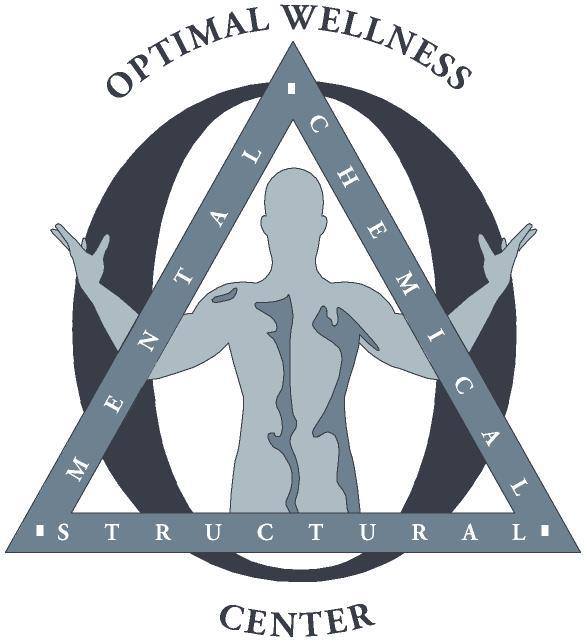Can Physical Therapy Help Sciatica?
If you’ve ever experienced sciatica, you know how debilitating the pain can be. It may feel natural to rest and avoid movement, but staying inactive can actually worsen the condition. Instead, sciatica treatment with physical therapy is one of the most effective ways to alleviate pain, improve mobility, and prevent recurrences.
In this article, we’ll explore how physical therapy for sciatica pain works, why it’s effective, and the role of physiotherapy in managing this common condition.
What Is Sciatica?
Sciatica refers to pain caused by irritation or compression of the sciatic nerve, the longest nerve in the body. This nerve originates in the lower back, travels through the buttocks, and extends down the back of each leg.
Common causes of sciatica include:
Muscle spasms
Obesity or a sedentary lifestyle
Pregnancy
Injuries or age-related changes in the spine
Symptoms of sciatica often appear on one side of the body and can include:
Sharp, burning pain radiating from the lower back to the leg
Tingling or numbness along the nerve pathway
Muscle weakness
Electric shock-like sensations
How Physical Therapy Helps Sciatica
Many patients ask, "Does physical therapy help sciatica?" The answer is a resounding yes. Physical therapy offers targeted, non-invasive solutions to reduce pain, restore mobility, and address the underlying causes of sciatica.
Physiotherapy Management of Sciatica
Sciatica treatment with physical therapy typically involves a combination of:
1. Stretching and Flexibility Exercises
Targeted stretches reduce tension in muscles surrounding the sciatic nerve, such as the piriformis, hamstrings, and lower back muscles. Increasing flexibility can alleviate nerve compression and improve mobility.
2. Strengthening Exercises
Physical therapists design programs to strengthen the core, hips, and lower back muscles. Stronger muscles provide better spinal support and reduce the risk of future sciatica episodes.
3. Manual Therapy
Hands-on techniques like joint mobilization and soft tissue massage help reduce inflammation, improve circulation, and promote nerve function.
4. Nerve Gliding Exercises
Also known as neural flossing, these exercises encourage the sciatic nerve to move more freely within its pathway, reducing pain and stiffness.
5. Postural Training
Correcting poor posture and teaching proper body mechanics can reduce stress on the spine and prevent sciatica flare-ups.
A Typical PT Treatment Plan for Sciatica
Your physical therapist will tailor a personalized rehabilitation plan based on your symptoms and lifestyle. Common components of PT treatment for sciatica include:
Extension or Flexion Exercises: To reduce nerve compression and promote spinal mobility.
Gait Training: To correct walking patterns that may worsen sciatica.
Home Exercise Program: Simple, effective routines to maintain progress between therapy sessions.
Lifestyle Modifications: Guidance on ergonomics, weight management, and physical activity to support long-term spine health.
Why Choose Physical Therapy for Sciatica?
Physical therapy is not just about addressing current pain—it’s about preventing future problems. Unlike medications or injections that only mask symptoms, physical therapy treats the root cause of sciatica.
Key benefits include:
Pain relief without surgery or drugs
Improved flexibility and strength
Education on self-care techniques to avoid recurrences
Long-lasting results
The Power of a Combined Treatment Plan for Sciatica Relief
While physical therapy alone is highly effective for many individuals, combining it with other evidence-based treatments often yields the best results—especially for severe cases of sciatica. An integrated approach addresses not only the immediate symptoms but also the root causes of nerve compression and inflammation. Here's how a multi-disciplinary treatment plan can enhance sciatica recovery:
Chiropractic Care
Chiropractic adjustments focus on restoring proper alignment to the spine, reducing pressure on the sciatic nerve. By correcting misalignments in the lumbar region, chiropractic care can complement physical therapy by improving joint mobility and easing nerve compression.
Shockwave Therapy
Shockwave therapy uses high-energy sound waves to stimulate tissue repair and reduce inflammation. For sciatica, it can promote healing in damaged tendons and muscles, helping to alleviate persistent pain.
Spinal Decompression
Spinal decompression therapy gently stretches the spine to relieve pressure on the sciatic nerve caused by herniated discs or spinal stenosis. This non-invasive technique is particularly beneficial for individuals with chronic or severe sciatica.
Massage Therapy
Massage therapy improves circulation, reduces muscle tension, and alleviates stress—all of which contribute to sciatica pain. When combined with physical therapy, regular massages can enhance flexibility and accelerate recovery.
Nutritional Support
A balanced diet rich in anti-inflammatory foods and essential nutrients can significantly support the healing process. Proper nutrition helps reduce systemic inflammation, strengthen muscles, and maintain a healthy weight, which decreases strain on the spine.
Why a Combined Approach Works
Each of these therapies targets a different aspect of sciatica, creating a holistic plan for pain relief and functional improvement. Together, they can:
Address underlying causes, such as poor spinal alignment or muscle imbalances.
Accelerate recovery by promoting tissue repair and reducing inflammation.
Enhance long-term results by preventing future flare-ups.
For those with severe or persistent sciatica, this comprehensive approach often provides relief when other methods fall short. Working with a multidisciplinary team ensures that every angle of your condition is addressed, delivering the best possible outcomes.
If you're struggling with sciatica, ask your healthcare provider about combining physical therapy with these complementary treatments for a truly personalized and effective recovery plan.
Don’t Let Sciatica Control Your Life
If you’re asking, “Can physical therapy help sciatica?” the evidence is clear: it’s one of the most effective, evidence-based approaches for managing this condition.
At Optimal Wellness Center, we specialize in sciatica pain physiotherapy and offer comprehensive care tailored to your needs. From stretching and strengthening exercises to lifestyle guidance, our goal is to help you move pain-free and regain control of your life.
Schedule your evaluation today to start your journey toward relief with sciatica treatment through physical therapy.
Take the first step. Contact us today at 801-568-1598 to learn more about effective physiotherapy management of sciatica.
